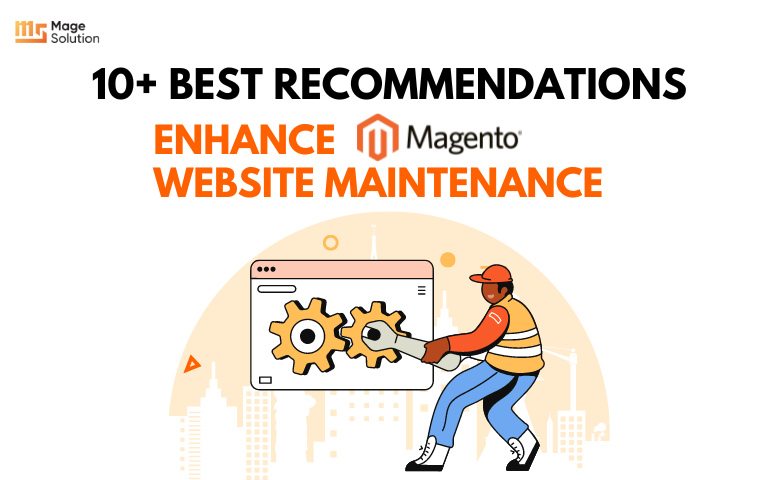Your cart is currently empty!
Customer Service: Challenges And Solutions in E-commerce
Ecommerce customer service can make or break a business. Product and price are also important. However, providing excellent e-commerce customer service will result in repeating purchases and word-of-mouth referrals. That no amount of marketing can replicate.
For example of having bad customer service, Microsoft polled 5,000 consumers for its 2017 “State of Global Customer Service” report. They found that 56 percent had stopped doing business with a brand due to a poor customer service experience, nearly half of which had done so within the previous 12-month period.
Thanks to the better technology and faster internet speed, consumer expectations are higher than ever. If e-commerce businesses can’t keep up with their shoppers’ ever-growing demands, they will see their traffic decline and sales suffer.
For many e-commerce businesses, Ecommerce customer service comes with its own unique set of challenges. For multichannel sellers, dealing with conversations and maintaining customer engagement across various sales channels can make for a poor shopping experience. If you sell online, the following customer support challenges will be all too familiar. This blog will list some key challenges and solutions of Ecommerce customer service challenges.

Challenges And Solutions in E-commerce
Providing quick responses
In today’s digital world, it goes without saying that consumers expect speedy response times from companies. Taking longer than a day to respond to messages will not only frustrate your customers but also against service level agreements (SLAs). It gives the impression that you’re an unreliable seller.
Online shoppers will inevitably have questions before, during and after their purchase. If your e-commerce site can’t provide the answers, you need to offer immediate assistance.
Not having a 360-degree customer view
In order to respond and get to the root of a problem quickly, you need a complete view of your customer. According to Accenture, 78 percent of customers get frustrated when they have to repeat themselves—imagine how annoyed they’ll feel if your support team asks for specific order details?
E-commerce businesses need a full picture of their clientele, including a complete view of their transaction history and any previous communication, so that no matter how customers choose to make contact, they receive the prompt, personalized experience they expect.

Speaking the customer’s language
Only 4.83% of the world’s population are native English speakers. So if you’re selling internationally, it helps to be able to communicate with customers in their local language.
Smaller e-commerce businesses selling internationally may struggle to offer the same level of support to global shoppers that their domestic customers receive. Aside from time zone challenges, it takes longer to decipher queries written in a language you don’t speak. In order to provide an accurate response without jeopardizing the customer experience.
That’s not to say that you have to go out and hire a handful of multilingual customer service agents for every country you sell in. Using a translation tool is an effective way to keep support costs down. But if you don’t use a help desk with auto-translate built in, copying and pasting messages into Google Translate can impact productivity.
An easy way to improve the customer experience when using any kind of auto-translate tool is to start off the message with a short disclaimer. Let customers know that while responses to international queries are automatically translated, your team will do everything to resolve their issue without delay. Get this disclaimer professionally translated so that the first contact with every international customer is easy for them to understand.

Maintaining a consistent customer experience across multiple channels
Most thriving e-commerce companies are powered by sales from multiple online channel. While customer service responses may look seamless from the shopper’s point of view, it takes a lot of moving parts behind the scenes to provide consistent communication across social media, websites and international marketplaces.
For small online businesses in particular, multichannel selling is a key driver of growth. However, providing multichannel customer service with limited resources. And a small headcount can significantly reduce profitability.
In some cases, customer service can hinder growth. With increasing sales comes an influx of customer queries that can get in the way of achieving important business goals.
Managing customer expectations throughout the delivery process
Once a product has been dispatched for delivery, its fate is in the hands of a driver who probably isn’t concerned about the experience of your customer. Managing your customer’s worries during this process can be difficult.
According to xSellco’s internal data, delivery questions make up 30 percent of all incoming customer queries. For customer service agents, there are many problems with shipping carriers. A significant amount of “Have you checked with your neighbor to see if they received it?” or blindly deciphering the behavior of delivery drivers who may well have faked a signature in favor of a quick power nap are examples.
How retailers manage this “wait and worry” period is hugely important for building trust and loyalty. The way online sellers communicate with customers after purchasing your product can carve out a huge competitive advantage.
Seamlessly dealing with returns, exchanges and cancellations
At least 30 present of products ordered online are returned, compared with only 8.89% purchased in brick-and-mortar stores.
One reason for this, according to Shopify, is because the “tactile input” that consumers crave in order to connect with a product is missing from e-commerce, so they’re relying on risk-free return policies if they change their minds.
Providing a seamless customer experience while managing a product return end-to-end, or explaining to a buyer how to upload a picture of their damaged goods, is tedious and complex.
Fast-fashion retailer Pretty Little Thing makes the returns process incredibly simple by providing all necessary information on their website, including links to the Parcel Connect website and to download new return slips.
If you sell on marketplaces like Amazon, this kind of post-sale communication is a great way to improve the buying experience and give you a competitive edge.
Seasonality and peak purchase times
Allocating the right amount of staff during peak purchase times such as Black Friday and Christmas is standard practice for any e-commerce customer service team. But replicating this kind of efficiency during the normal working week can be tricky.
Unless you track your best hours for sales on a daily basis, assigning staff levels is often a stab in the dark.
Scheduling staff levels at the right times is key to maintaining a high level of productivity and motivation across the entire day.



